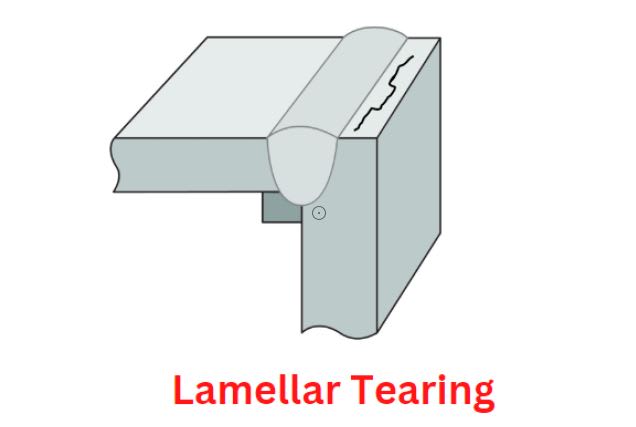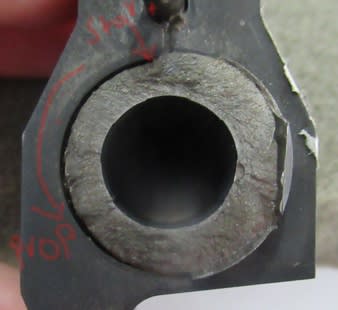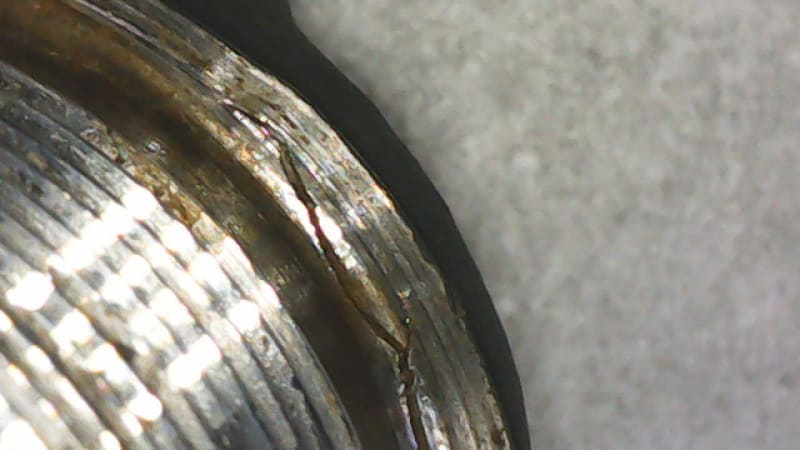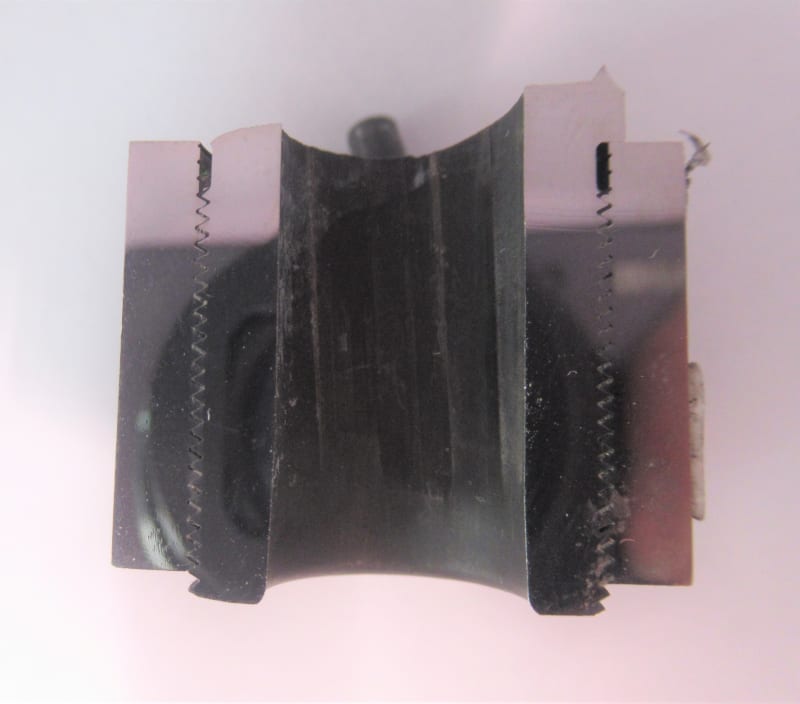M. BR
Student
- Mar 1, 2024
- 16
Hello Guys,
Need help understanding where this failure started. This is a 410 stainless steel.
The tube failed with 0h of service. I think is torsional overload, starded on the radius at 11/12 o clock (not sure), and also not sure the if its propagate to the left "anticlokwise".
Do you agree with my marks (in red)?
Need help understanding where this failure started. This is a 410 stainless steel.
The tube failed with 0h of service. I think is torsional overload, starded on the radius at 11/12 o clock (not sure), and also not sure the if its propagate to the left "anticlokwise".
Do you agree with my marks (in red)?




